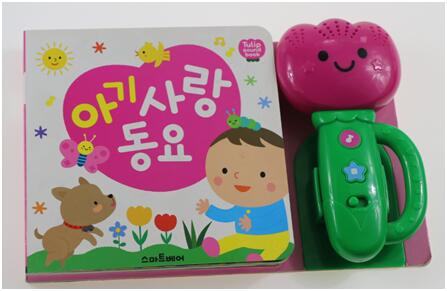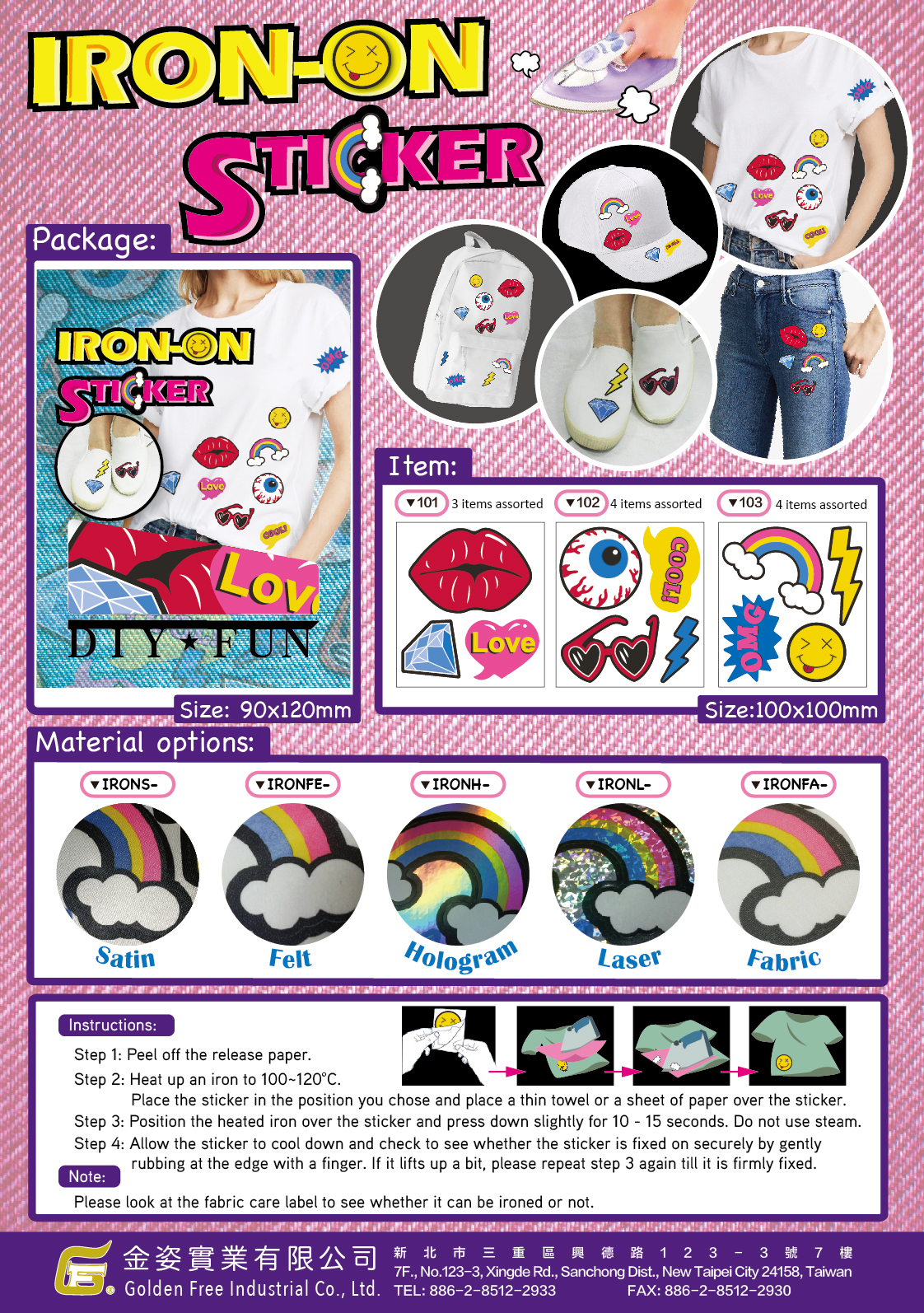Info Center: COVID-19 x Industry news
Stay alert to the market during this uncertain time. Get the latest updates from the industry.
21/8/20 - China Is Not Russia and This Is Not the Cold War
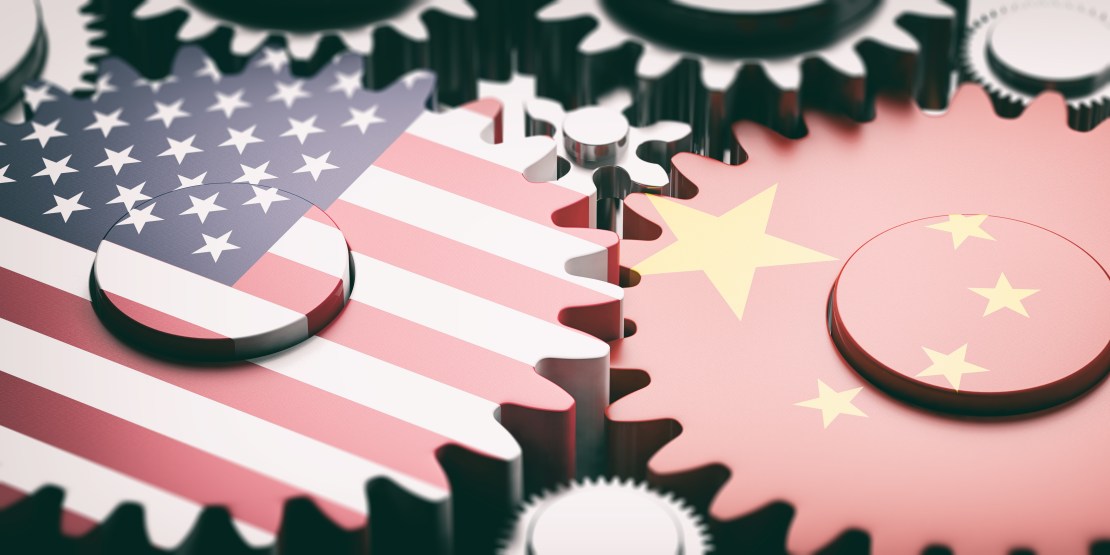
I came of age in the 20th century, a time when Russian Communism was a military and ideological threat to western interests. Some now want to compare the current U.S. – China disagreements with the Russian-American “Cold War” that lasted from the end of World War II to the fall of Soviet Union on December 26, 1991. I, and many of you, Americans and Russians, remember it well.
Although the Soviet Union and the United States engaged each other militarily and ideologically, they never engaged each other economically. The Soviet Union was not part of the global economy. As a result, the U.S. had no economic interests in Russia, and Russia had no commerical interests in the United States.
China, on the other hand, does not just compete with the U.S. economically, but it challenges the U.S. for world economic leadership. That is something the Soviet Union never did. Although the U.S. and Chinese economies compete, they are also powerfully intertwined.
Consider this quote from Investopedia:
China is the world’s largest emerging market economy, both in terms of population and total economic product. The country is arguably the world’s most important manufacturer and industrial producer, and those two sectors alone account for more than 40% of China’s gross domestic product or GDP. China is also the world’s largest exporter and the second-largest importer, and it contains the fastest-growing consumer market…China makes and sells more manufacturing goods than any other country on the planet.
Who consumes most of those Chinese goods, American citizens? The United States is the largest consumer market in the world. According to Global Trade Specialists Inc., The largest categories of U.S. imports from China in 2018 “…included electrical machinery ($152 billion), machinery ($117 billion), furniture ($35 billion), toys and outdoor equipment ($27 billion), and plastics and plastic parts ($19 billion).”
And if you think it’s easy to move manufacturing from China to another country think again.
Each nation has a unique business culture that demands a very long learning curve.
Each country has an infrastructure that may or may not have reliable port facilities, roads and electrical power.
Each nation has a different form of government, different bureaucratic rules, language, work ethic, sense of time, and timing.
When the world’s biggest consumer and the world’s biggest manufacturer compete, it’s in their mutual best interests to find a solution. And I think they will. Yes, both sides are going to argue, and threats will be made, but there is simply too much to lose by attempting to unravel mutual interests that have taken decades to weave.
- Posted by Richard Gottlieb in Global Toy News
22/04/20 - Reducing Global Supply Chain Reliance on China Won’t Be Easy (Brinks news)
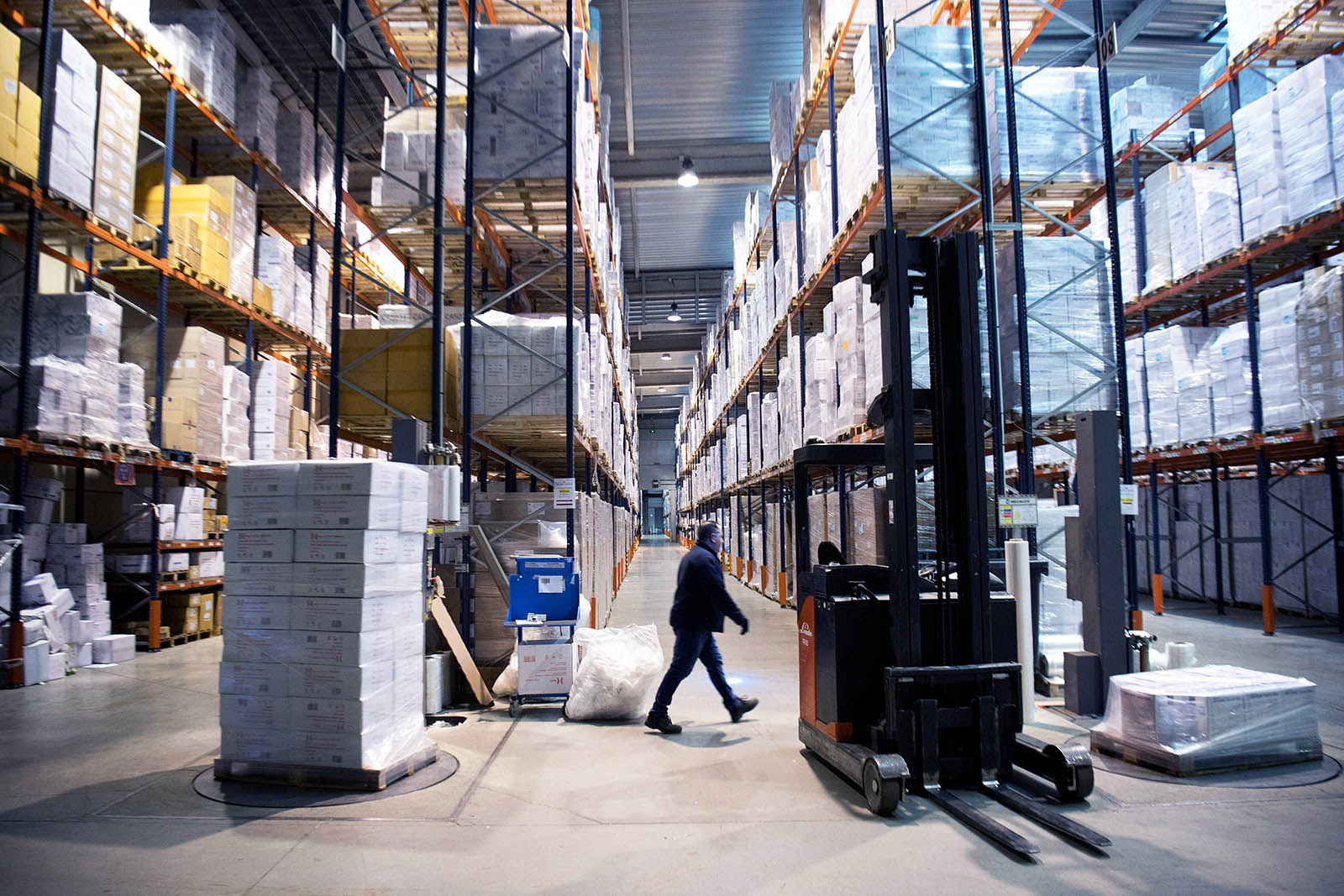
The global spread of COVID-19 has sparked a clarion call to diversify supply chains away from China. But its singularity as a manufacturing location will make it hard to find alternatives.
The outbreak of the coronavirus in Wuhan in January highlighted the pitfalls of China as the dominant global manufacturer of record. A delay in orders from Chinese factories was inevitable, given the scale of dependency on Wuhan alone. According to Dun & Bradstreet, a business intelligence company, 51,000 companies have one or more direct suppliers in Wuhan, while 5 million companies have one or more tier-two suppliers in the region. The data suggests that it’s not just Southeast Asia that is dependent on Chinese suppliers — the problem appears to be much more widespread.
Another survey by the Institute for Supply Management captures the magnitude of the outbreak for global manufacturers: More than half (57%) of companies are experiencing longer lead times for tier-1 China-sourced components, while 44% are simply unprepared to address continued supply disruptions from China. A case in point — the technology giant Apple was one of the first major global companies to inform investors that it would miss Q1 revenue projections, in part due to delays in production by its China-based assembly plants. Of late, Apple had begun to move some production activities to Vietnam and India, but the company remains reliant on Chinese assembly plants to power its inventory.
The spread of the coronavirus has made one thing clear — across the technology, automotive, electronics, pharmaceutical, medical equipment and consumer goods sectors, nearly all supply chains lead back to China as the preeminent global provider of intermediate materials and components. Recognizing the risk that a dependency on China poses to national industries, some governments are offering manufacturers incentives to exit China and ease the pain of diversification. Japan is putting $2.2 billion of its COVID-19 economic stimulus package into supporting its manufacturers shift production outside of China. There’s also mounting public pressure in some countries, such as the United States, to move essential production of pharmaceuticals and medical equipment out of China and closer to home.
Indeed, the pandemic might accelerate pre-existing plans to reduce supply chain dependency on China. Alongside rising labor costs, the ratcheting of trade tensions between China and the U.S. had already pushed brands to re-evaluate their “single-source” strategies. More than 80% of fashion brands said they already planned to reduce sourcing from China, according to a July 2019 U.S. Fashion Industry Association report. Ensuring more resilience in supply chains is also likely to be a future expectation of investors, who will now be looking at the ability of companies to hedge risk in the event of continued outbreaks or other “Black Swan” events. The chairman of Wistron Corp, an iPhone assembler, told analysts that the company would locate 50% of its capacity outside of China by 2021. Simply put, the coronavirus has accelerated trends that have been evident for some time pertaining to China’s manufacturing stature.
But the reality is that a major manufacturing shift away from China is easier said than done. Even those companies that have diversified production are finding it hard to break free of China’s pervasive influence. Anticipating a rise in tariffs from the U.S.-China trade war, video game producer Nintendo had shifted the manufacturing of its blockbuster gaming console to Vietnam in 2019. Still, there is a shortage of Switch consoles in stores today due to a lack of essential components flowing to the company’s Vietnamese factories, as COVID-19 paused production by Chinese suppliers of component parts.
The global technology and consumer electronics sectors are especially reliant on China’s infrastructure and specialized labor pool, neither of which will be easy to replicate. The Chinese government is already mobilizing resources to convince producers of China’s unique merits as a manufacturing location. Zhengzhou, within Henan Province, has appointed officials to support Apple’s partner Foxconn in mitigating the disruptions caused by the coronavirus, while the Ministry of Finance is increasing credit support to the manufacturing sector. Further, the Chinese government is likely to channel stimulus efforts to develop the country’s high-tech manufacturing infrastructure, moving away from its low-value manufacturing base and accelerating its vision for a technology-driven services economy.
To this end, manufacturers are cognizant of the potential of China as a major consumer market for iPhones today and for advanced technologies such as robotics, autonomous vehicles and smart devices tomorrow. A flash poll by the Beijing-based U.S. Chamber of Commerce conducted in March shows that U.S. businesses are still bullish on Chinese consumers, despite the impact of the virus. The consumer sector had the most businesses reporting that they intend to maintain planned investments (46%), followed by the technology industry (43%).
As manufacturers examine their supply chains for a post-COVID 19 world, the imperative for greater supply chain resilience versus the attractiveness of China as a manufacturing location and tech-forward consumer market is the defining tension that they will need to navigate. The outcome is unlikely to be a clean break from China for most. Lower-value sectors, such as apparel, are most likely to expedite diversification. Indeed, many garment manufacturers have already diversified from China to the likes of Vietnam, Cambodia and Ethiopia on the basis of rising labor costs. It will be the higher-value technology and consumer electronics sectors — where the country’s manufacturing prowess and consumer potential is the most pronounced — that will find it hardest to turn away from China’s distinctive allure.
- Posted by Brinks News
07/04/20 - China will hold Canton Fair online in June (Reuters)
BEIJING, April 7 (Reuters) - China will hold Canton Fair, the country’s oldest and biggest trade fair, online in June, state television reported Tuesday quoting a cabinet meeting chaired by Premier Li Keqiang.
Canton Fair was originally scheduled to begin on April 15, but was postponed due to the coronavirus outbreak.
China will also set up 46 more cross-border e-commerce pilot zones , and extend some favorable tax policies for small firms, farmers and individual businesses to the end of 2023, it said. (Reporting by Yew Lun Tian and Colin Qian; editing by John Stonestreet).
- Reuters News
26/03/20 - China's Economy Is Getting Back to Normal (Global Toy News)
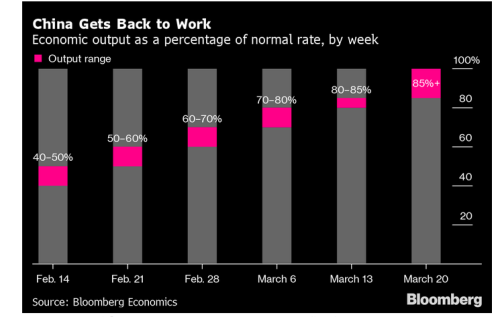
This is an excellent graph from Bloomberg Economics. It comes from the March 25, 2020, Bloomberg Balance of Power Report daily email. It shows that that economic activity is back to 85% of normal.
- Posted by Richard Gottlieb in Global Toy News
11/03/20 - Should I wait to launch my brand in China due to COVID-19? (Kung Fu Data)
The short answer…it depends.
Offline sales ground to a halt from late Jan through the end of Feb while China’s population has been under quarantine (and online sales didn’t fare much better). It’s the worst 6 weeks since our inception.
BUT…that doesn’t mean EVERYONE thinking about launching should wait. This may be one of the easiest times to launch online in China that we’ve seen in quite some time.
Let me explain…
How your business is structured and how people discover your products matters more.
So if you have some awareness and there is already a solid commercial case, don’t wait. It’s a wonderful time to make your move.
Because of the crisis, we are seeing “unprecedented” levels of support from Tmall and JD category managers. We’ve gotten more attention from their staff in the past month than in the last year.
They’re more willing to offer support, upgrades, and opportunities for brands.
Things we’ve seen so far: more free traffic resources, automatic rank advancements, optimal positioning and subsidies (funding) for strategic brands and product categories. You name it.
Bottom line…if you have a bit of traction and good fundamentals, I think it’s a great time to launch.
#China #eCommerce #Launch #Tmall #JD
- Posted by Josh Gardner @ Kung Fu Panda
View the original article2020 Exhibitor Brands - Highlight
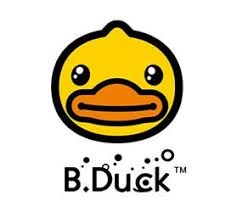


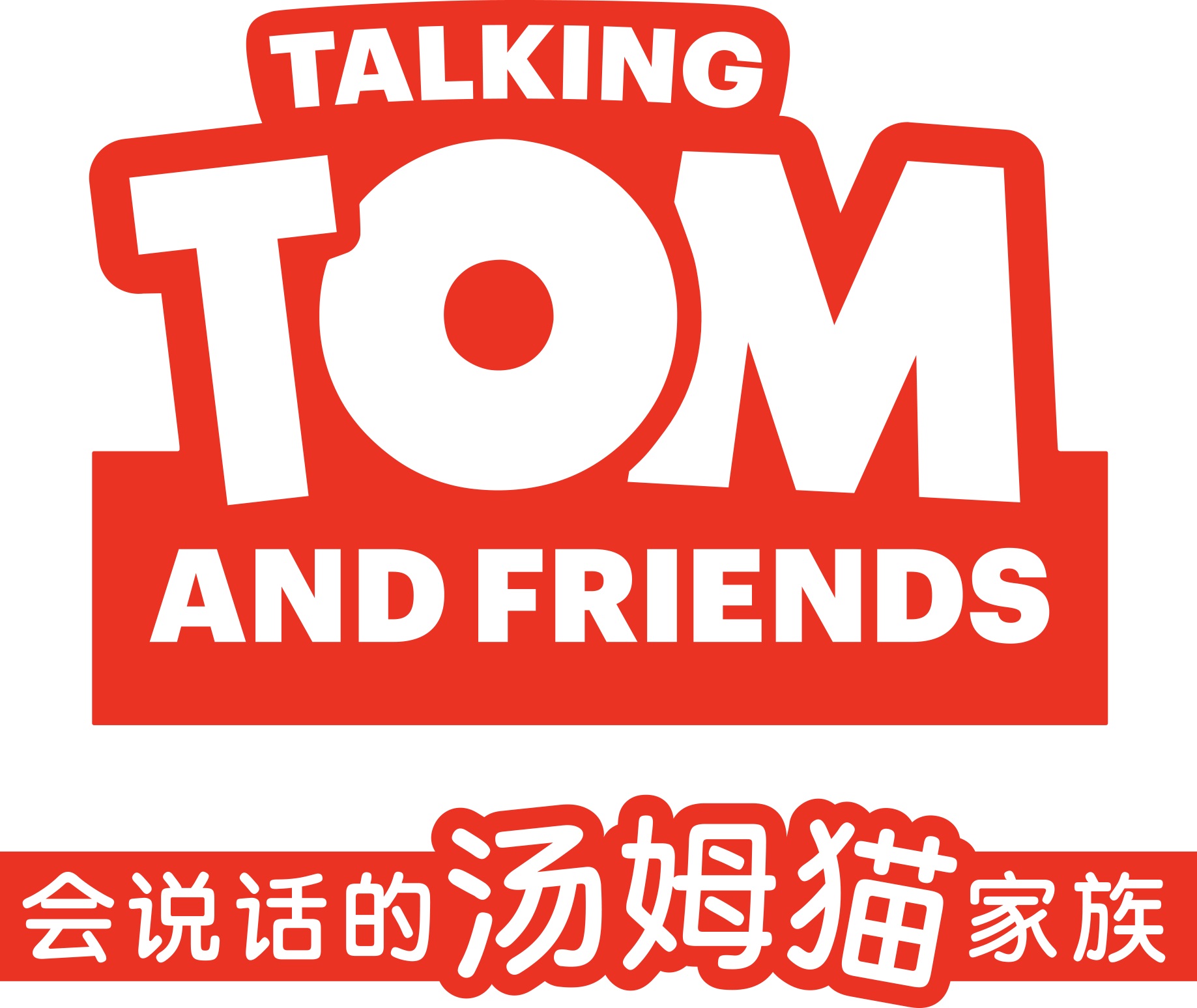

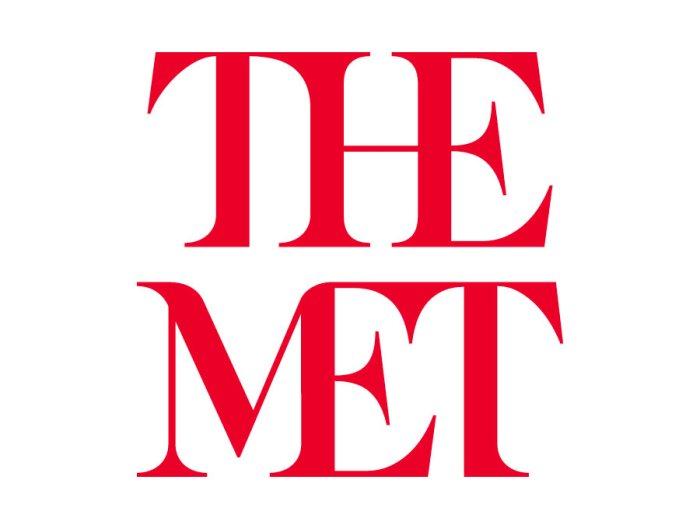


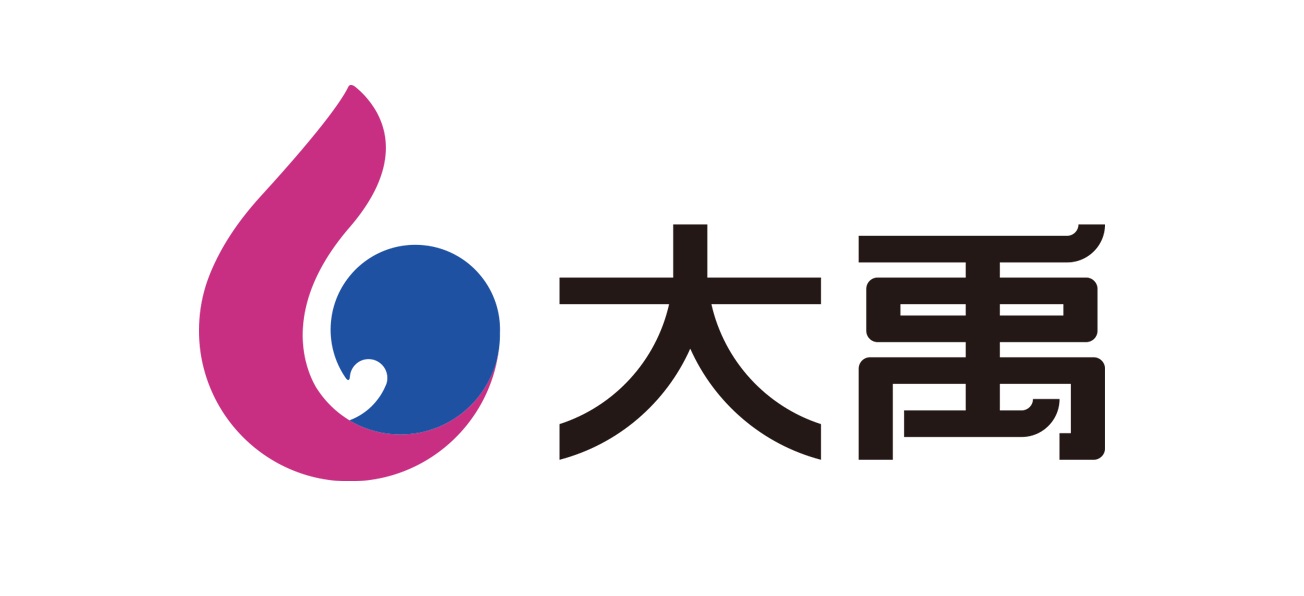

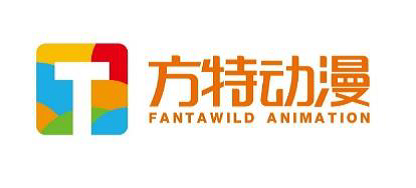
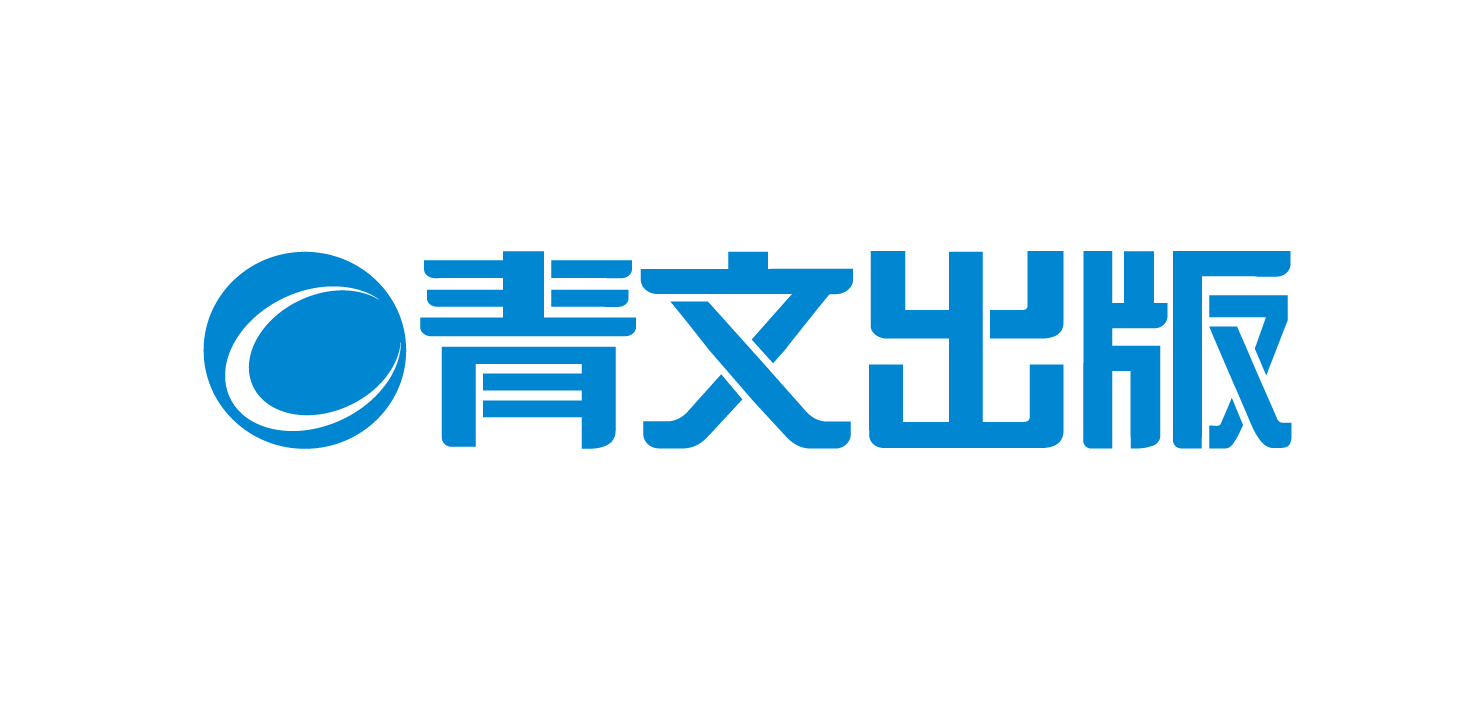

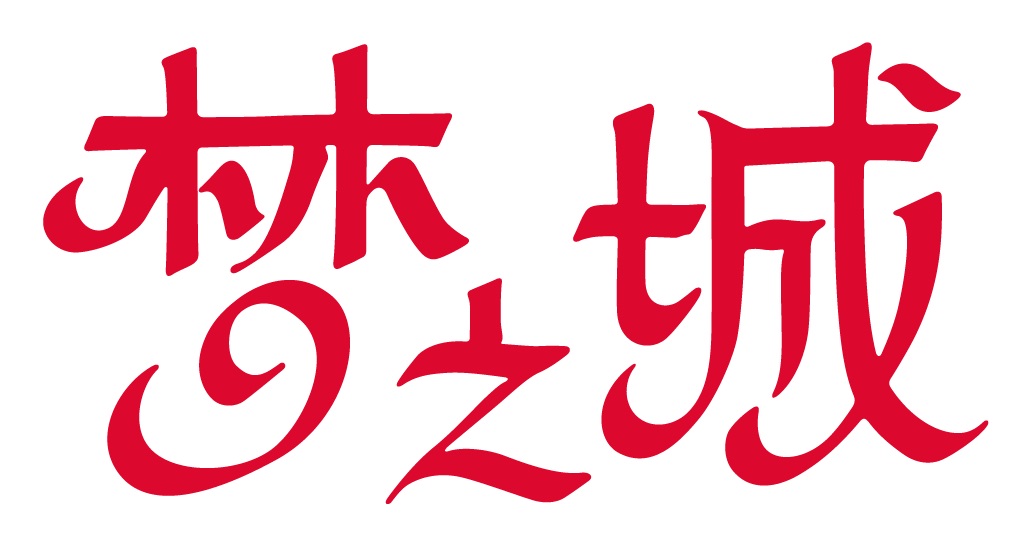
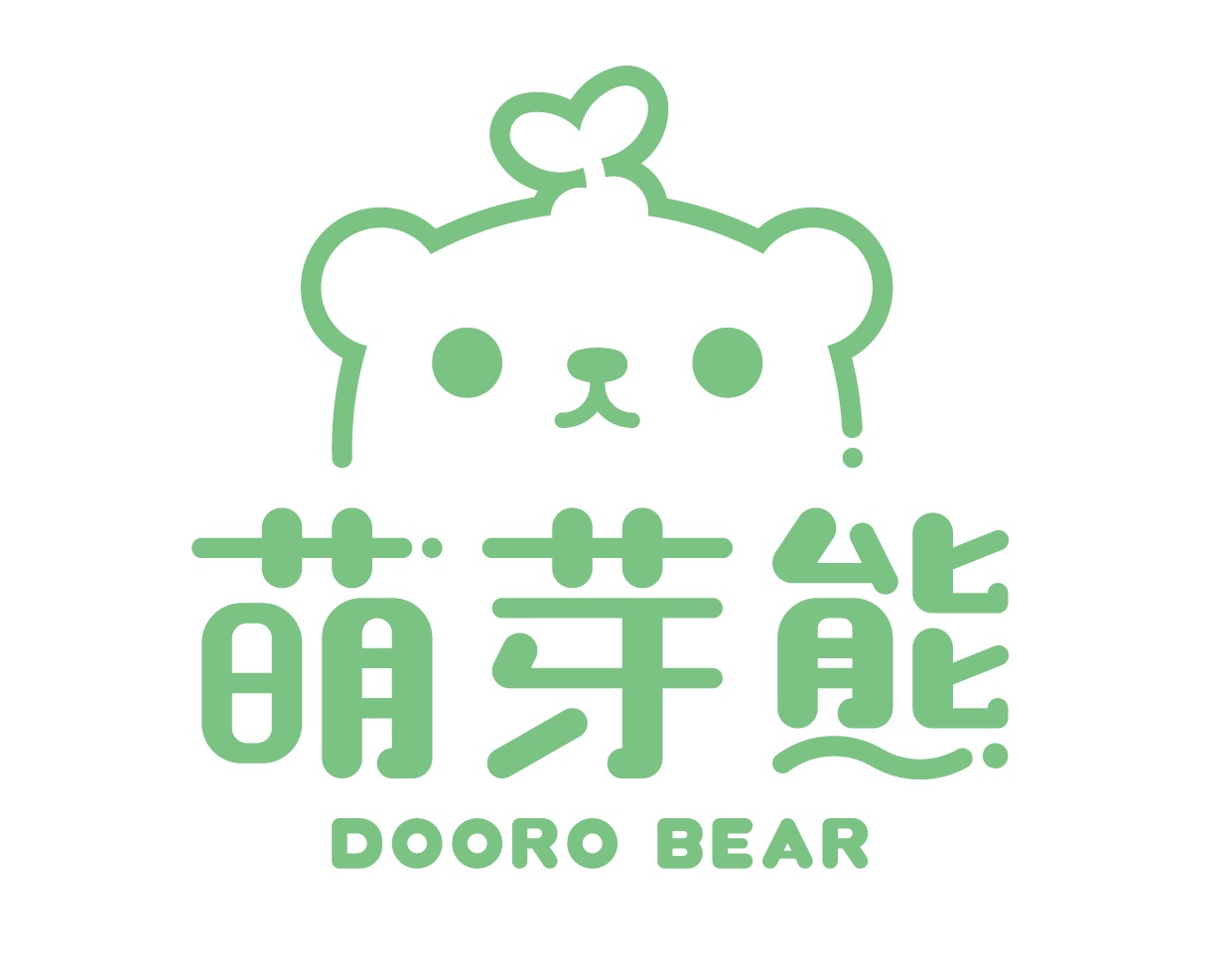
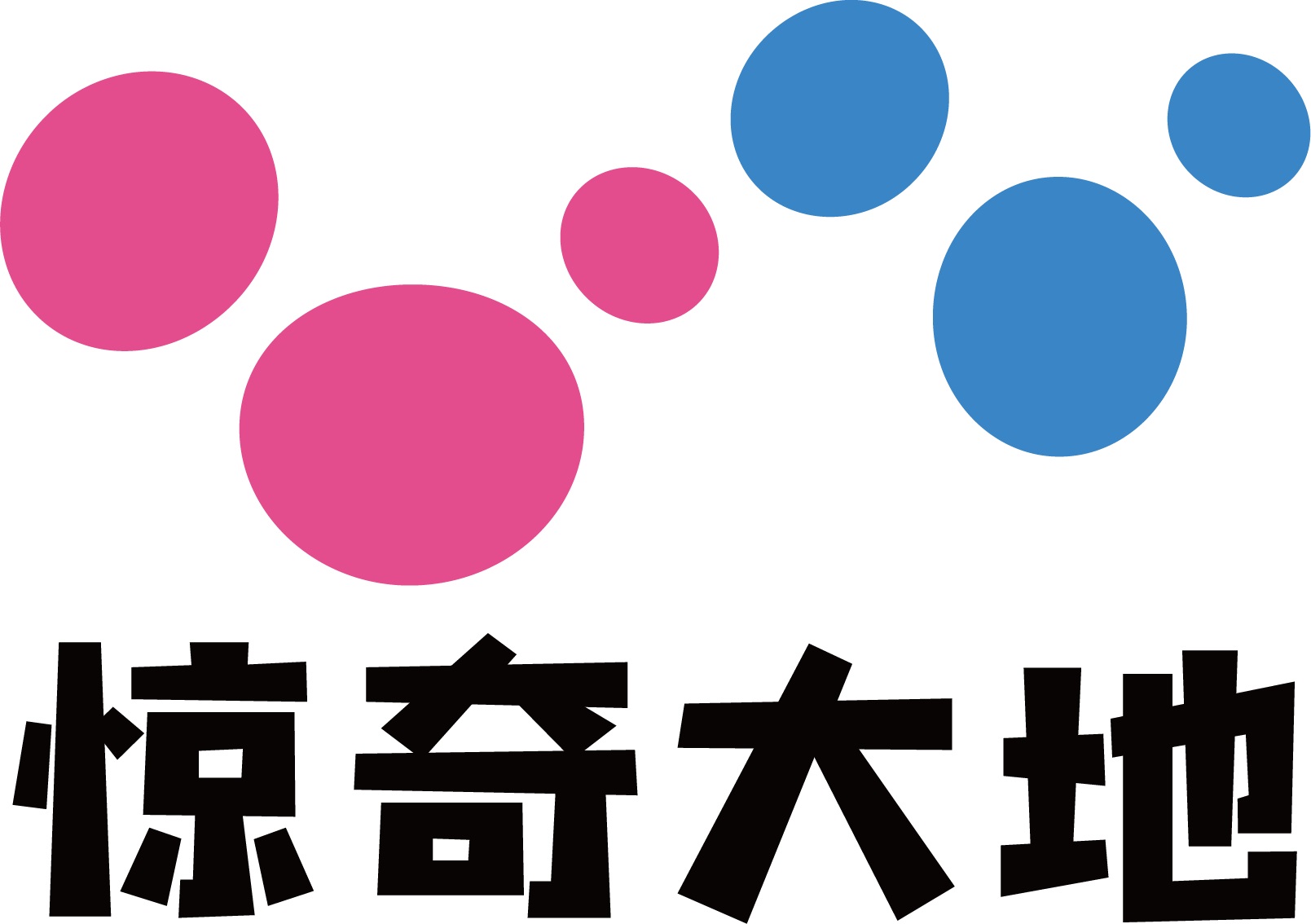

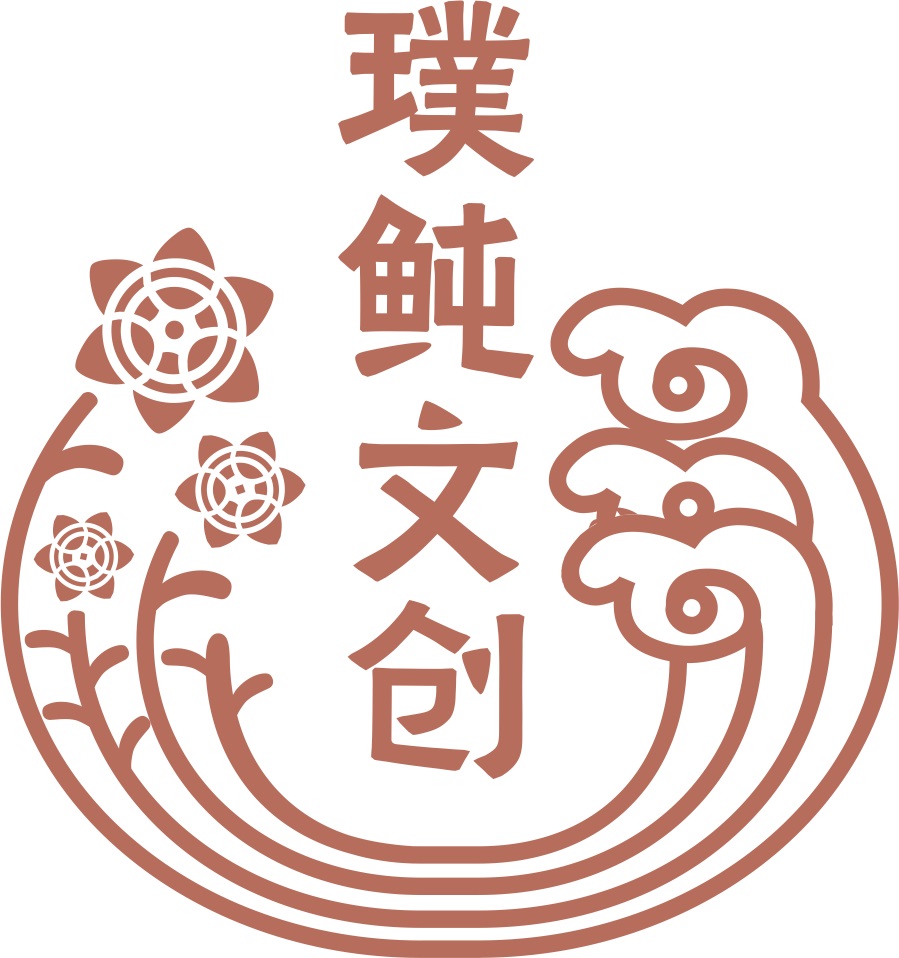
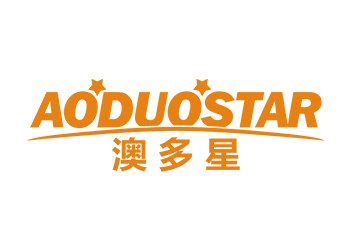
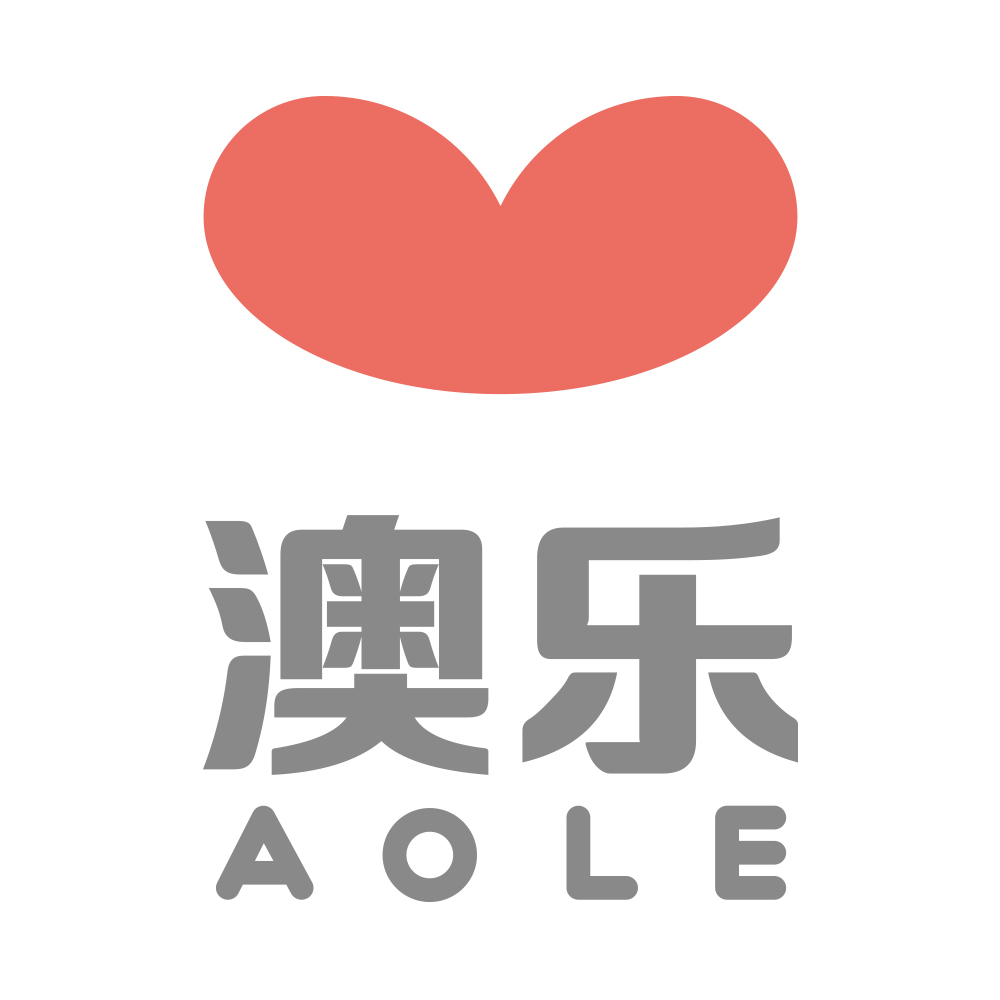






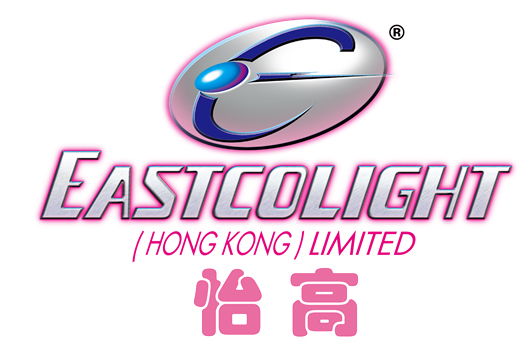



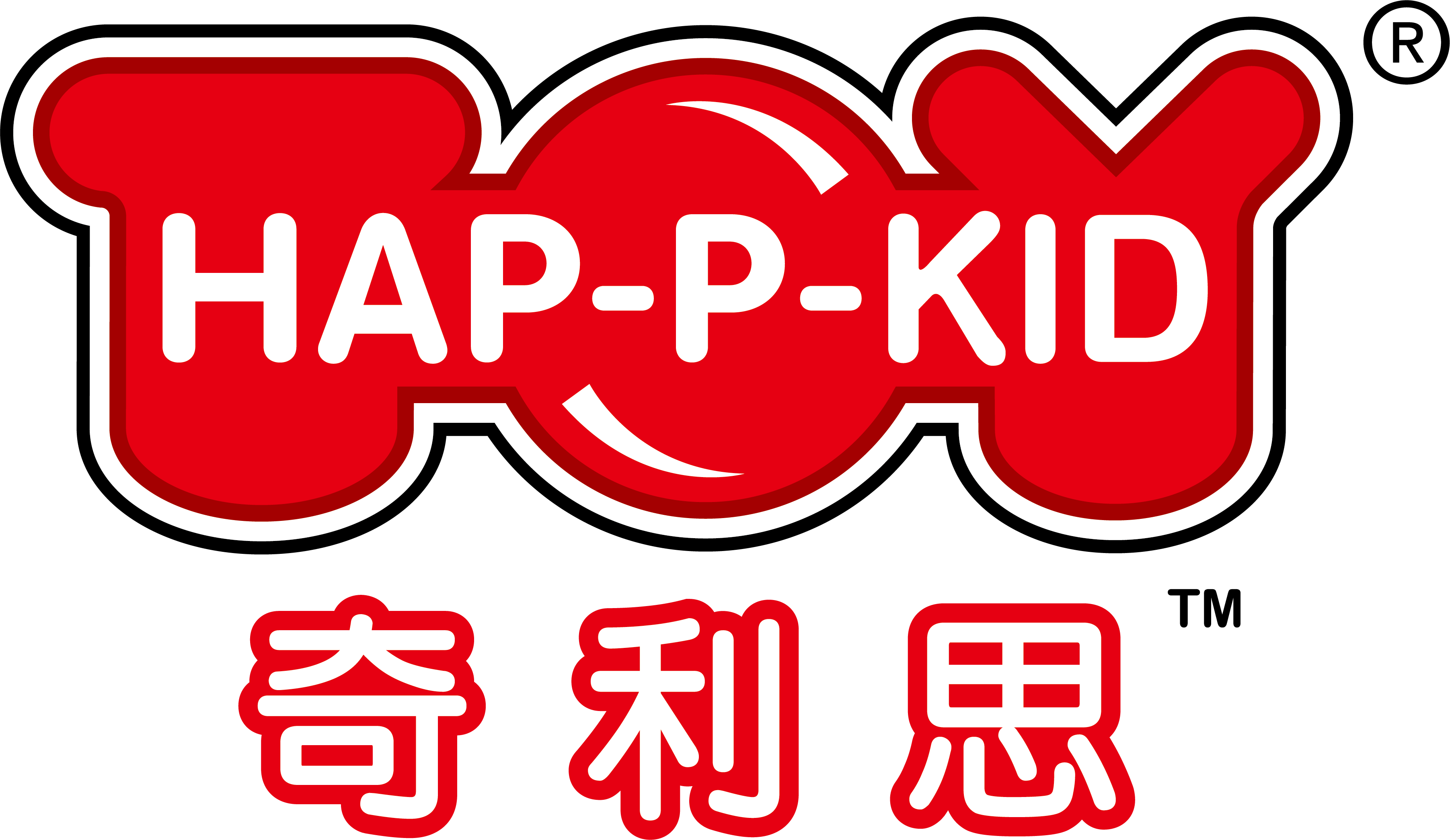
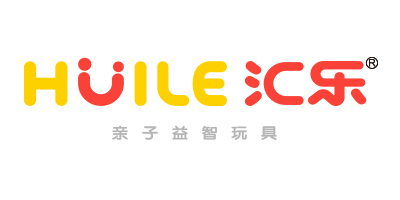
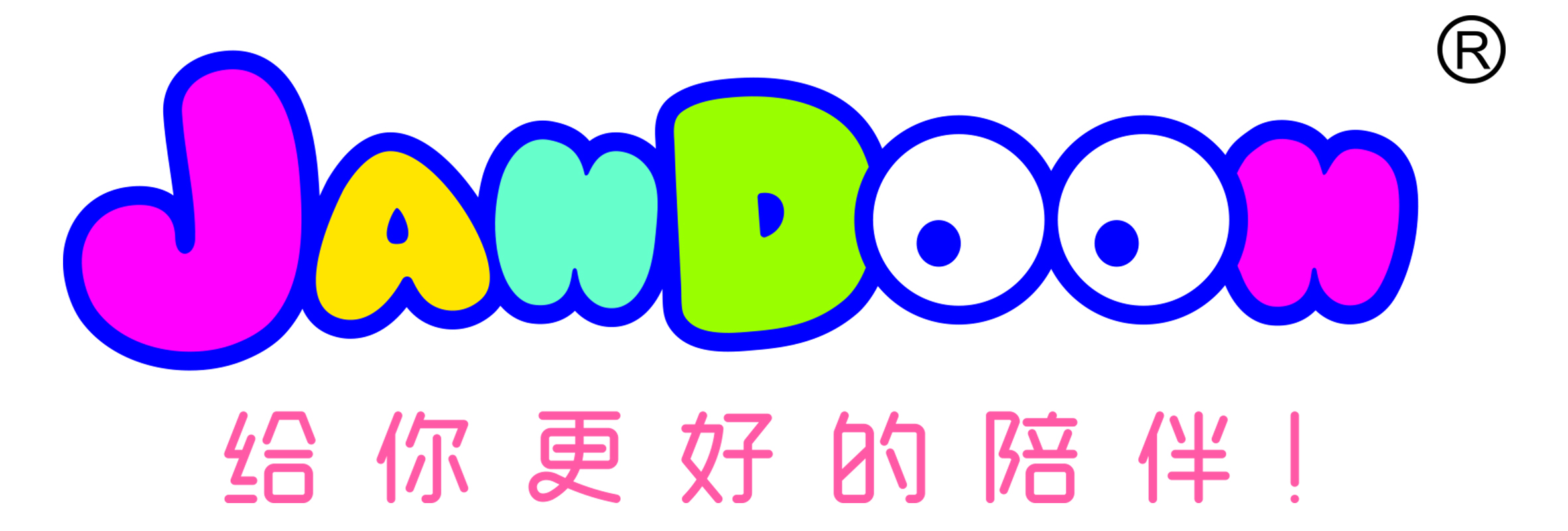



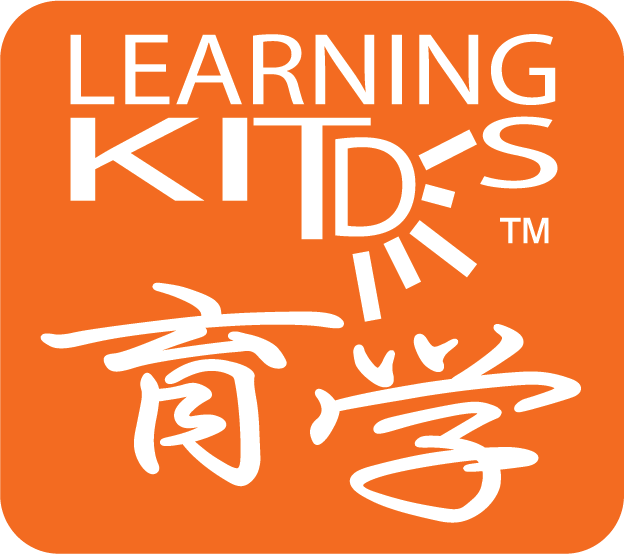



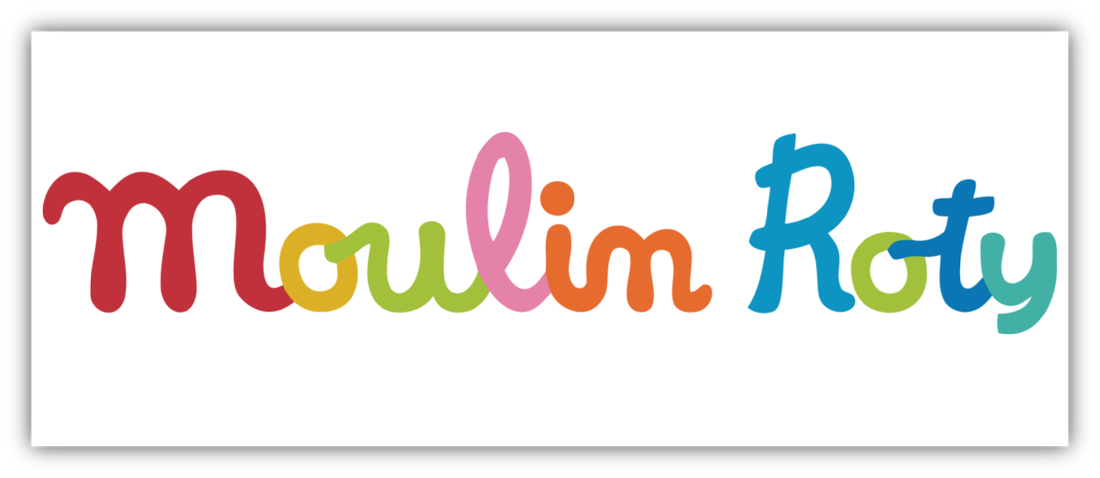
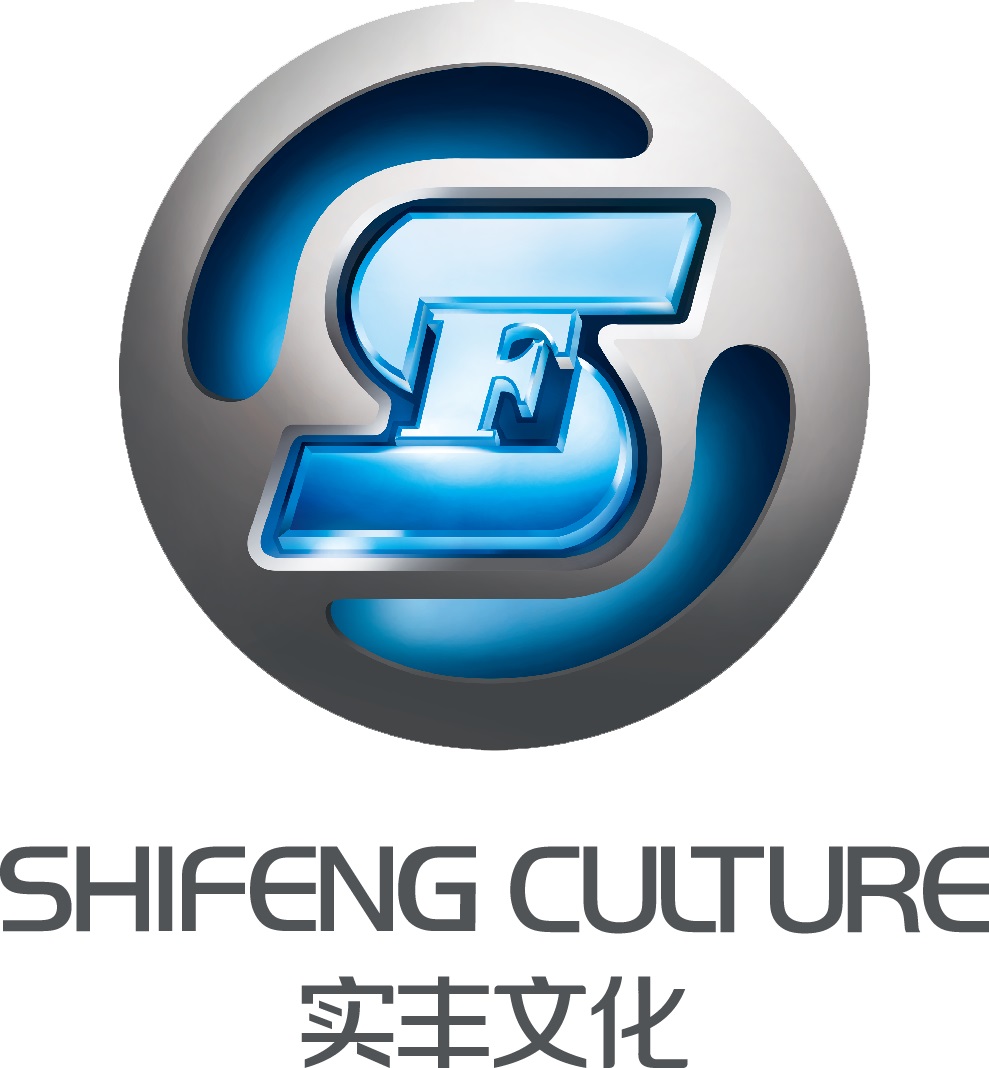
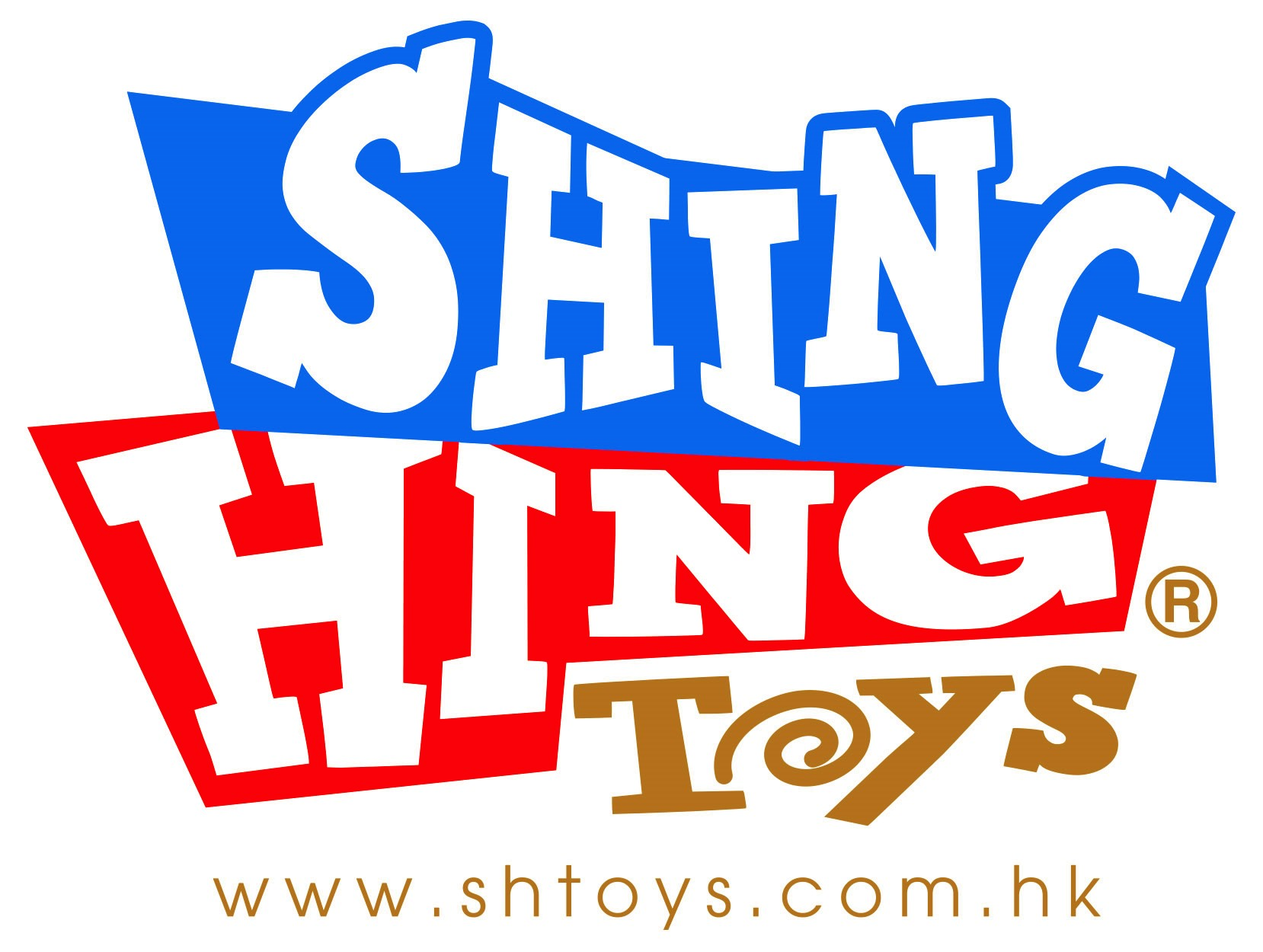

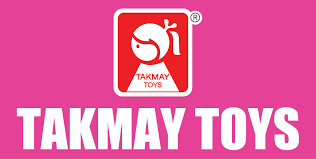


.jpg)


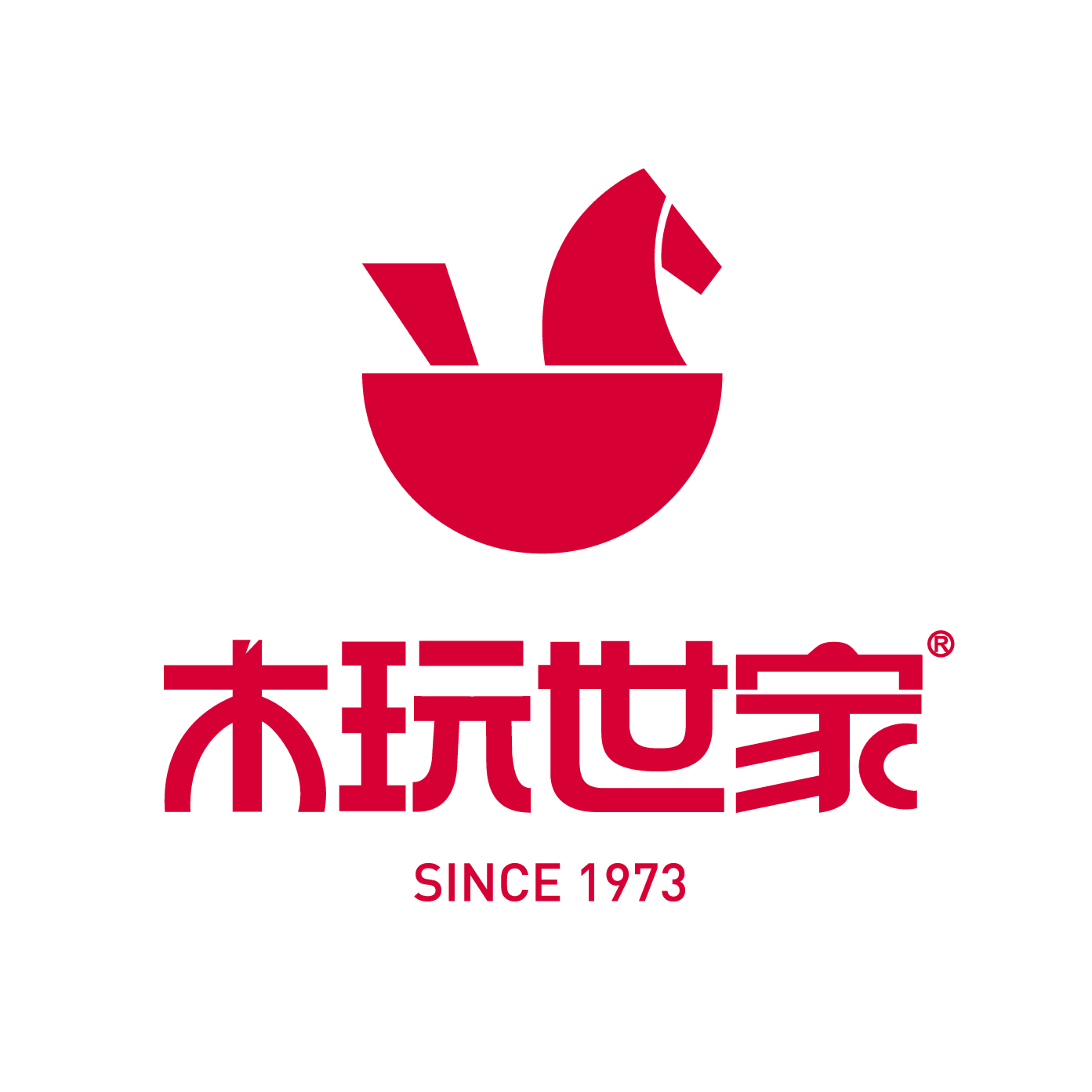


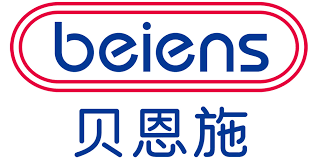

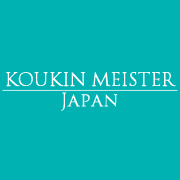

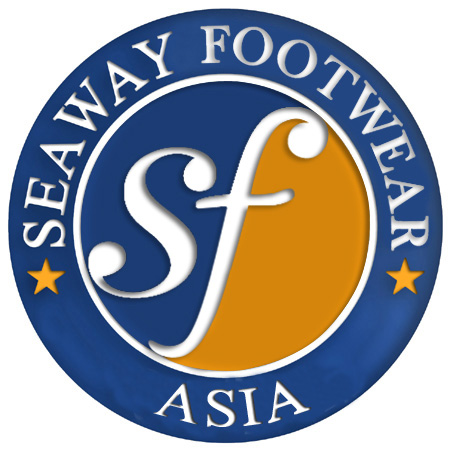
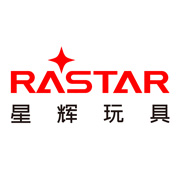





.png)



.jpg)
.jpg)

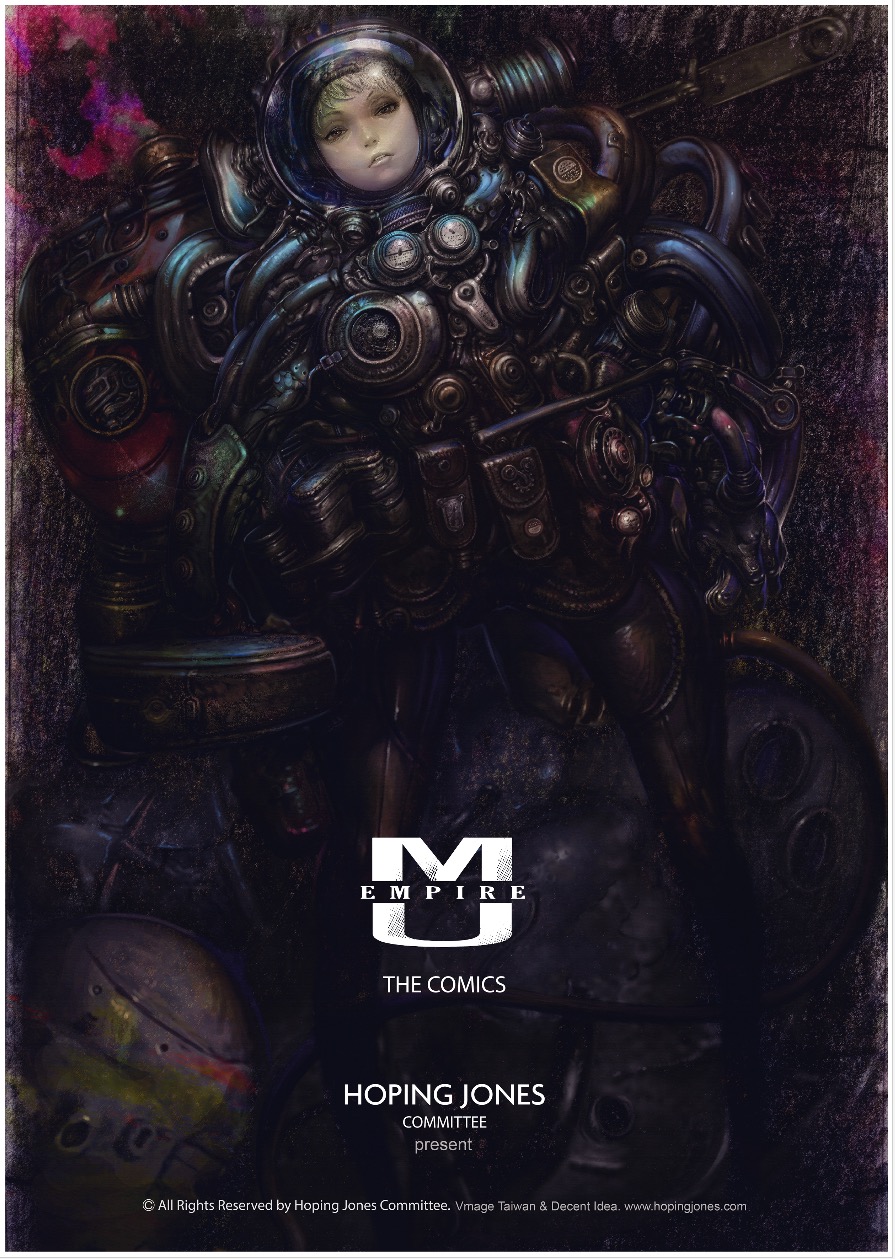






.jpg)

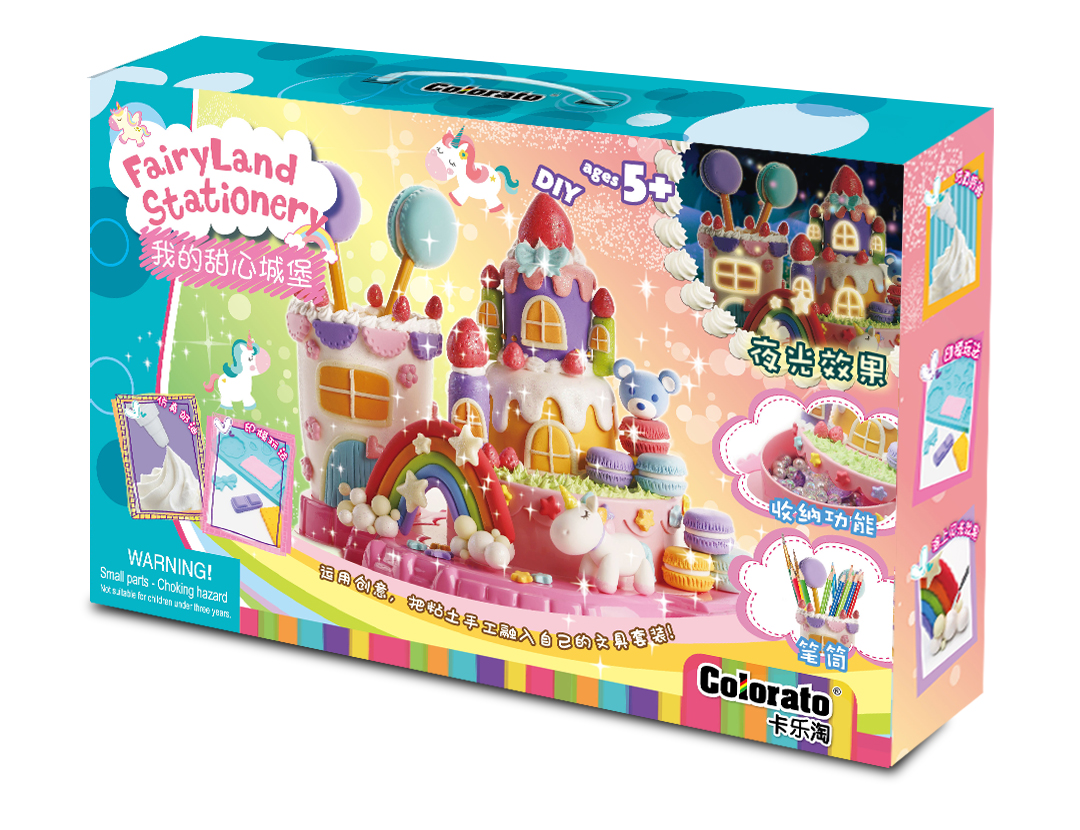

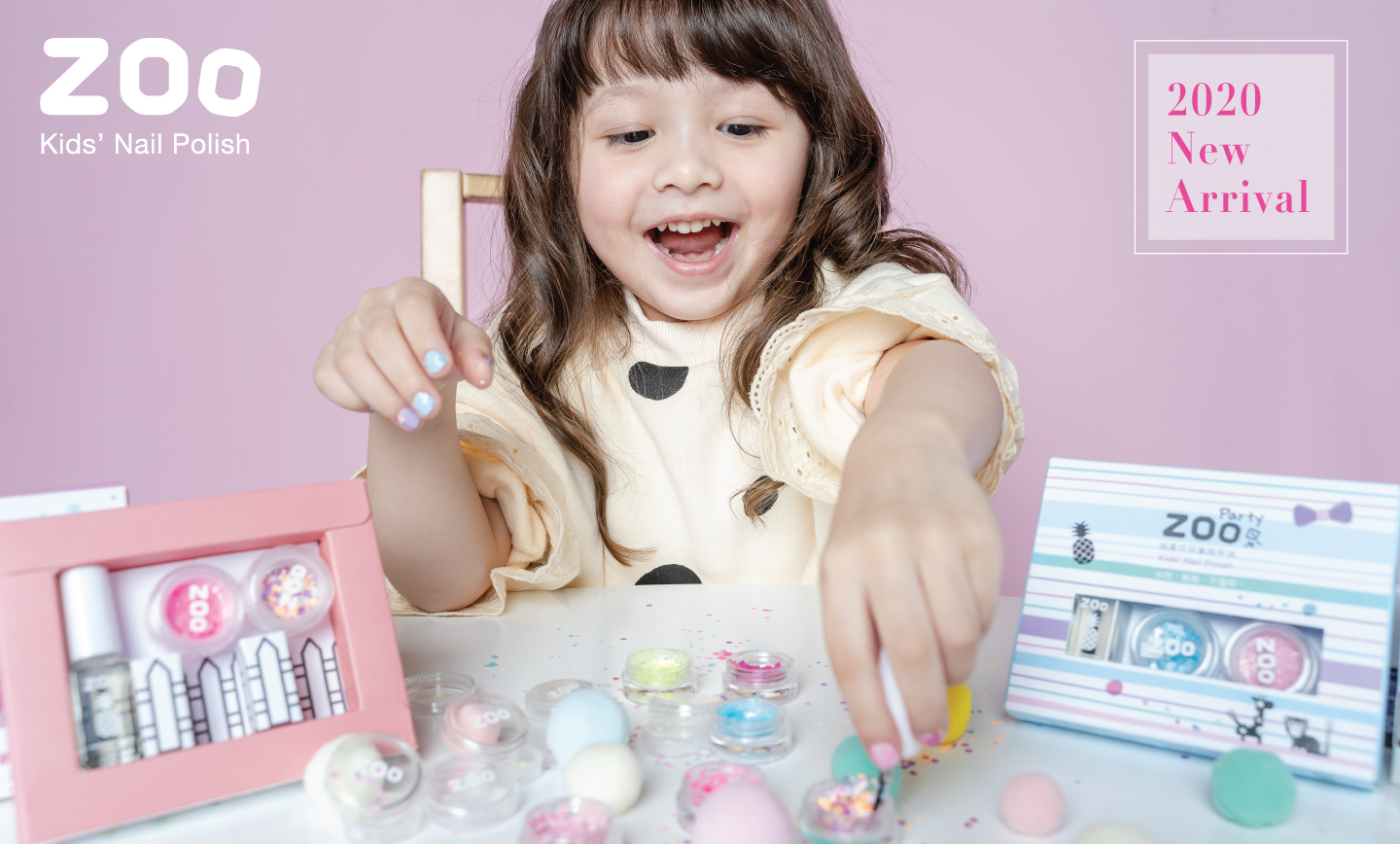












.jpg)
.png)
